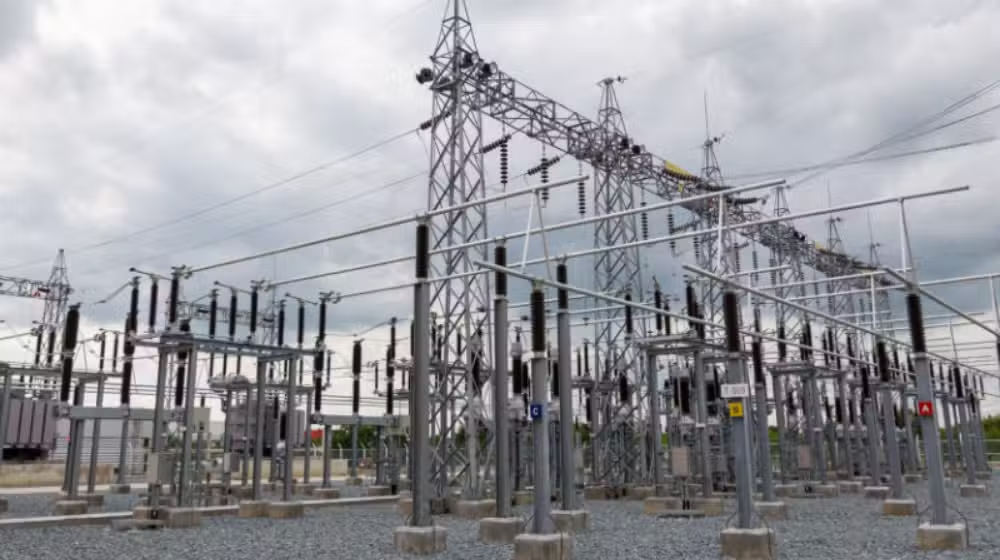ISLAMABAD: The country’s electricity demand has surged beyond 21,000 megawatts (MW) as soaring temperatures sweep across Pakistan, according to the latest figures released by the Power Division.
The increased demand, driven by widespread use of air conditioning and cooling appliances, has placed considerable pressure on the national grid.
Current electricity generation from conventional sources hovers around 18,000 MW, resulting in a shortfall of more than 3,000 MW.
This deficit has heightened the risk of load shedding in several parts of the country as authorities scramble to balance supply and demand.
A detailed breakdown of the generation mix reveals that nuclear power plants are contributing approximately 3,000 MW, while another 3,000 MW is being produced through Re-gasified Liquefied Natural Gas (RLNG).
Local natural gas resources are generating 1,500 MW, and imported coal is accounting for 1,800 MW of power production.
Additionally, local coal-fired plants are adding 2,400 MW to the grid.
Renewable and alternative energy sources are also making a significant impact. Hydropower generation is currently at 3,900 MW, while wind energy supplies about 1,200 MW.
Meanwhile, power generation from bagasse, a byproduct of sugarcane processing, adds another 79 MW to the system.
Read More: Electricity Tariff to Surge in January 2025 Despite Declining Fuel Costs
One of the most notable contributions comes from net metering, with consumers generating electricity through solar panels installed on residential and commercial rooftops.
This segment alone is producing over 5,000 MW, highlighting a significant and growing shift toward decentralized energy solutions.
Solar Energy
When this solar-generated electricity is factored into the overall figures, Pakistan’s total power generation capacity exceeds 23,000 MW, which is helping to alleviate the supply gap during the peak of the heatwave.
The rise in net-metered solar production marks a remarkable transformation in Pakistan’s energy landscape, indicating a growing reliance on renewable and distributed power sources as the country grapples with seasonal spikes in electricity demand.
Also Read: LESCO to Distribute Energy-Saving Fans to Cut Electricity Bills
April is the hard hit month for electricity power managers, as the river waters has not arrived in dams and due to heat, the power demand has grown a lot, and then in May the management of electricity becomes easier, when enough water has arrived in dams.









